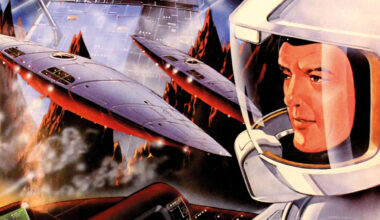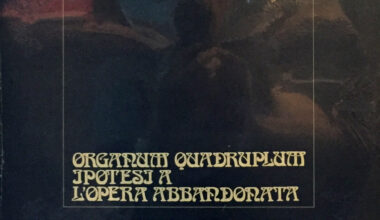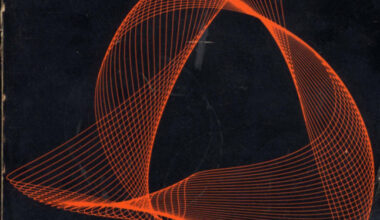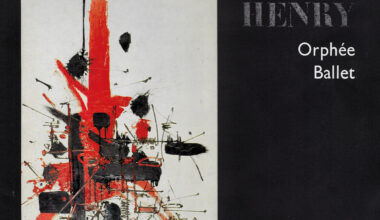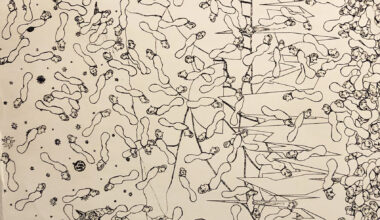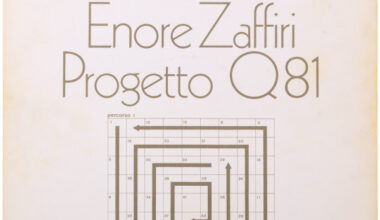Was anyone in Chile making experimental electronic music in the 1950s? Oh yes. And Professor Jack Dangers of the University of Meat Beat Manifesto knows all about it

It’s pretty odd to think that anyone was making experimental electronic music in Chile in the 1950s, but there were one or two guys doing it. Three maybe. The most interesting and important names were Juan Amenabar and José Vicente Asuar.
The record in my collection that best represents Chilean electronic music is Juan Amenabar’s ‘Amacatá’ from 1973. It’s electro-acoustic stuff, meaning it uses a lot of natural sounds as well as tape manipulation. I don’t speak Spanish, but there seems to be a political edge to it. There was a coup d’etat in Chile in 1973, when the military imposed a dictatorship which resulted in Pinochet taking power in 1974. It was a politically heavy time right across Latin America back then. Another Chilean composer, Gabriel Brncic, moved to Argentina in the 1960s and was exiled in 1974 because of his political beliefs.
I think it was the German connection that helped make electronic music happen so early in Chile. That would explain how a South American nation could be producing cutting-edge electronic tracks at a time when even the UK only got started with the Radiophonic Workshop in 1958 – and that was with the BBC funding it. Chile’s links with Germany predate World War Two, so it’s not so surprising that they had a relationship with the Cologne studio where Stockhausen worked. They also had contacts with Pierre Schaeffer’s studio in Paris. That’s how they were able to make this music, or to be more precise, get their hands on the equipment. What they did was really quite primitive, but that’s what I like about it. Because they had so little, and what they did have was so rudimentary, they had to push themselves that much harder and work at being that much more inventive.
José Vicente Asuar was the first person to make purely electronic music in Chile, as opposed to electro-acoustic music. He founded the first electronic music studio in Chile in 1957, at the University of Santiago. He wrote a dissertation about the building of the studio, which allowed him to qualify as a civil engineer. Asuar’s 1958 piece, ‘Variaciones Espectrales’, was the first piece of electronic music to be performed in public in Chile and probably all of Latin America. The following year, he wrote a text called ‘In the Threshold of a New Era for Music’, which was very important. He went on to build electronic music labs in Germany in 1960, in Venezuela in 1965, and another one in Chile in 1969. He later created the first electronic music computer in Chile, COMDASUAR, and released a piece called ‘Ahora’, which means ‘Now’ in English. He had a big thing about recording children reciting political speeches out of context.
There’s a CD collection that celebrates the 50th anniversary of Chilean electro-acoustic music. The earliest recording on there is a 1956 track by José Vicente Asuar. If you’re interested in a thorough overview of Chilean electro-acoustic music, that’s the one to get. If you want a copy of the vinyl version of ‘Amacatá’, it would cost about $700 or $800 – if it ever comes up, that is. I think that’s about as high as prices go with electronic music. It’s still not as high as some of the jazz stuff or sought-after rock records because only a handful of people in the world are interested. It’s also been hard for collectors to get hold of records from places like Chile because they didn’t get online and onto eBay until comparatively recently, within the last 10 years. With these records, they were very limited pressings, but there are still going to be 200 or 300 copies out there, so it’s just a matter of time. And money.
